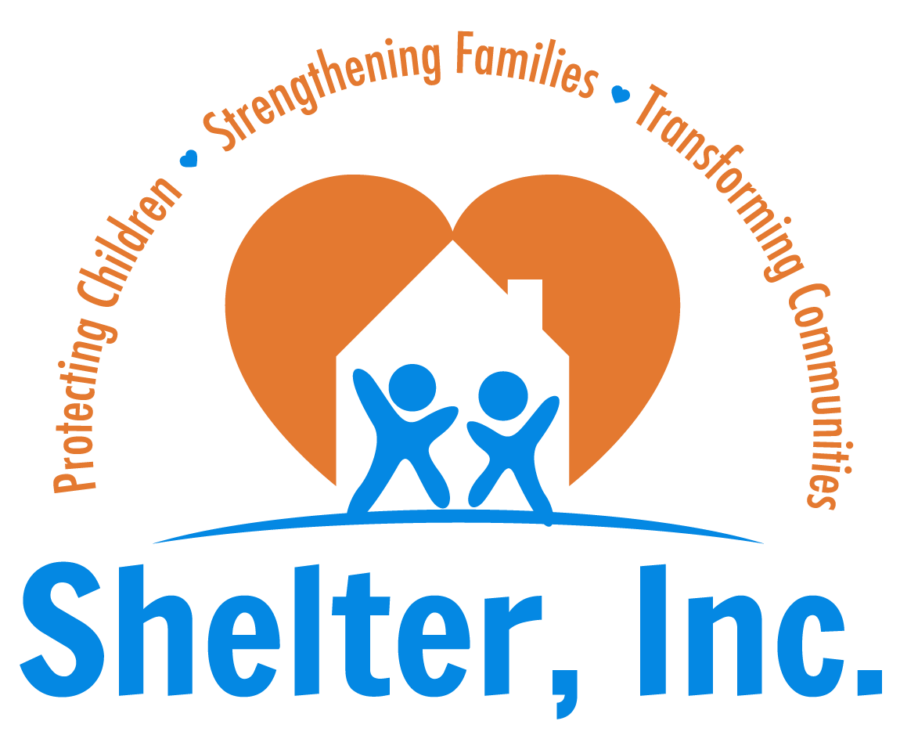
The harsh reality is not all children are represented equally in the child welfare system, nor do they have equal outcomes. For example, in the American population of children, African Americans make up 15%, but they represent 33% of foster care children. Yet, study after study show child abuse and neglect is lower in Black families than white families.
Youth who identify as LGBTQ represent over 30% of those in foster care, compared with the 11.2% of children’s national population.
Compared with white children, kids of color are more likely to be removed from their homes, less likely to be reunited with their families, less likely to find foster families, and have less access to social, economic, educational, and healthcare opportunities for successful outcomes. The same discrimination is also applied to children’s religion, gender, ethnicity, geographic location, poverty, disabilities, and more.
?Why?
The answer isn’t found in the disparity between kids but in the systemic bias in all child welfare areas, including social work, law enforcement, and the judicial system. In this context, bias is defined as an unfair and close-minded prejudice favoring one person or group over another.
Since our species began, it’s been necessary for our survival to judge people and things instantaneously. Prey or predator, friend or foe? While we’re all hired wired to make judgments, the more we evolve, the more our minds open to changing them.
Biases come in two forms, explicit and implicit. The first is a conscious choice; the second is an unconscious bias. The implicit biases, which we aren’t even aware of, influence the child welfare system’s disparity.
Shelter is a proud and active member of the Illinois Collaboration On Youth (ICOY), a coalition of social service organizations advocating at state and federal levels for practices and policies that benefit ALL children. Shelter’s executive director Carina H. Santa Maria, is a leading voice in ICOY addressing implicit bias and is actively promoting training for all child welfare practitioners. We need to educate ourselves to recognize and acknowledge our implicit bias, understand where it comes from, its impact, and how to change it. When we do that, we will have made huge strides toward making the child welfare system fair for all.
Follow our newsletter and social media for progress updates!

0 Comments